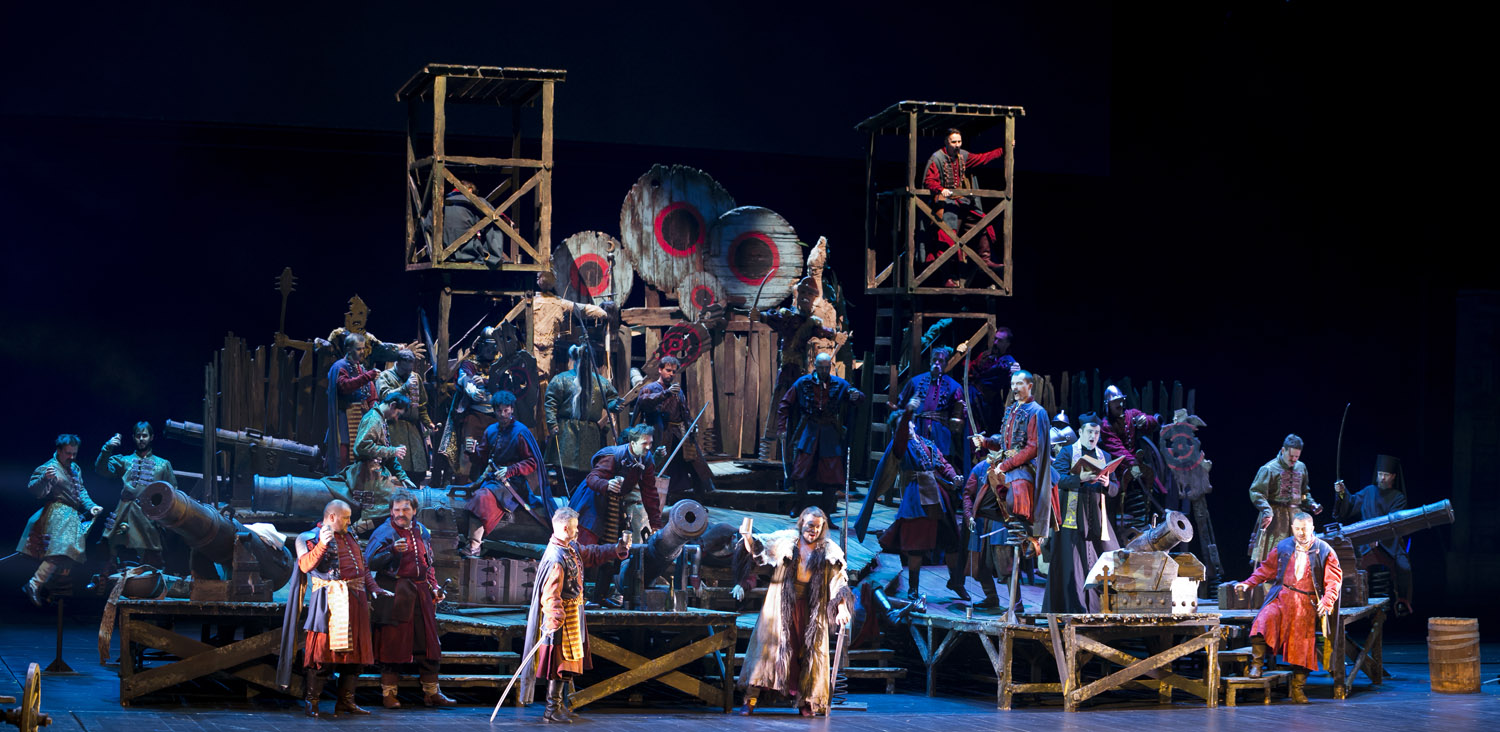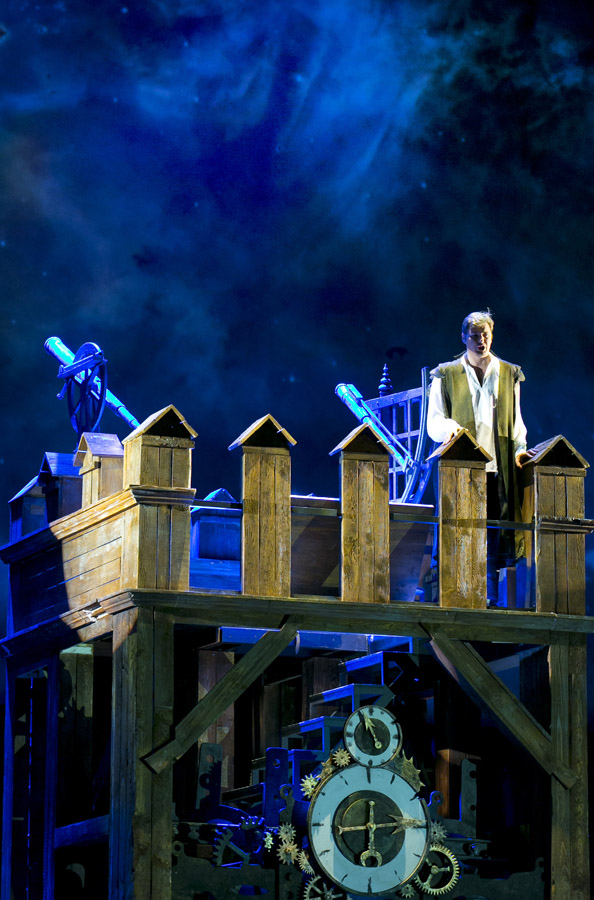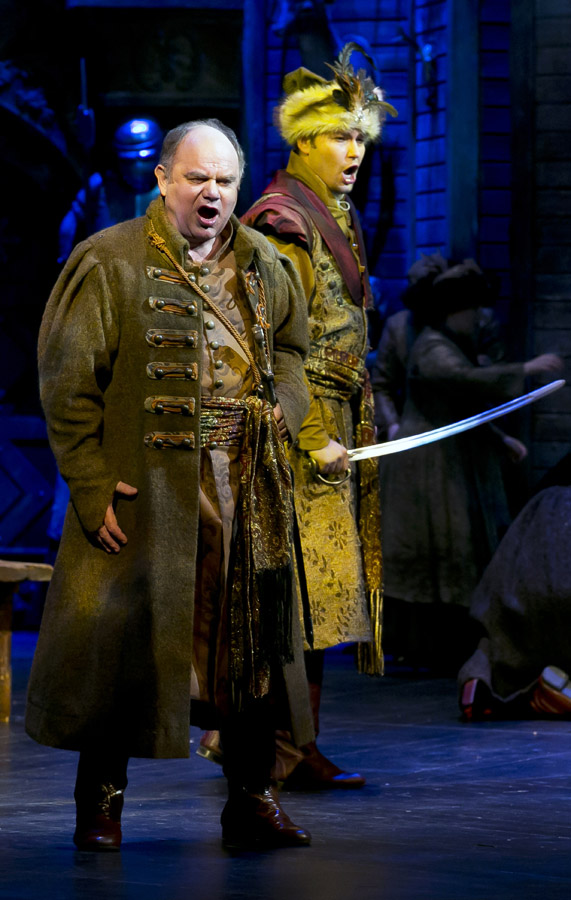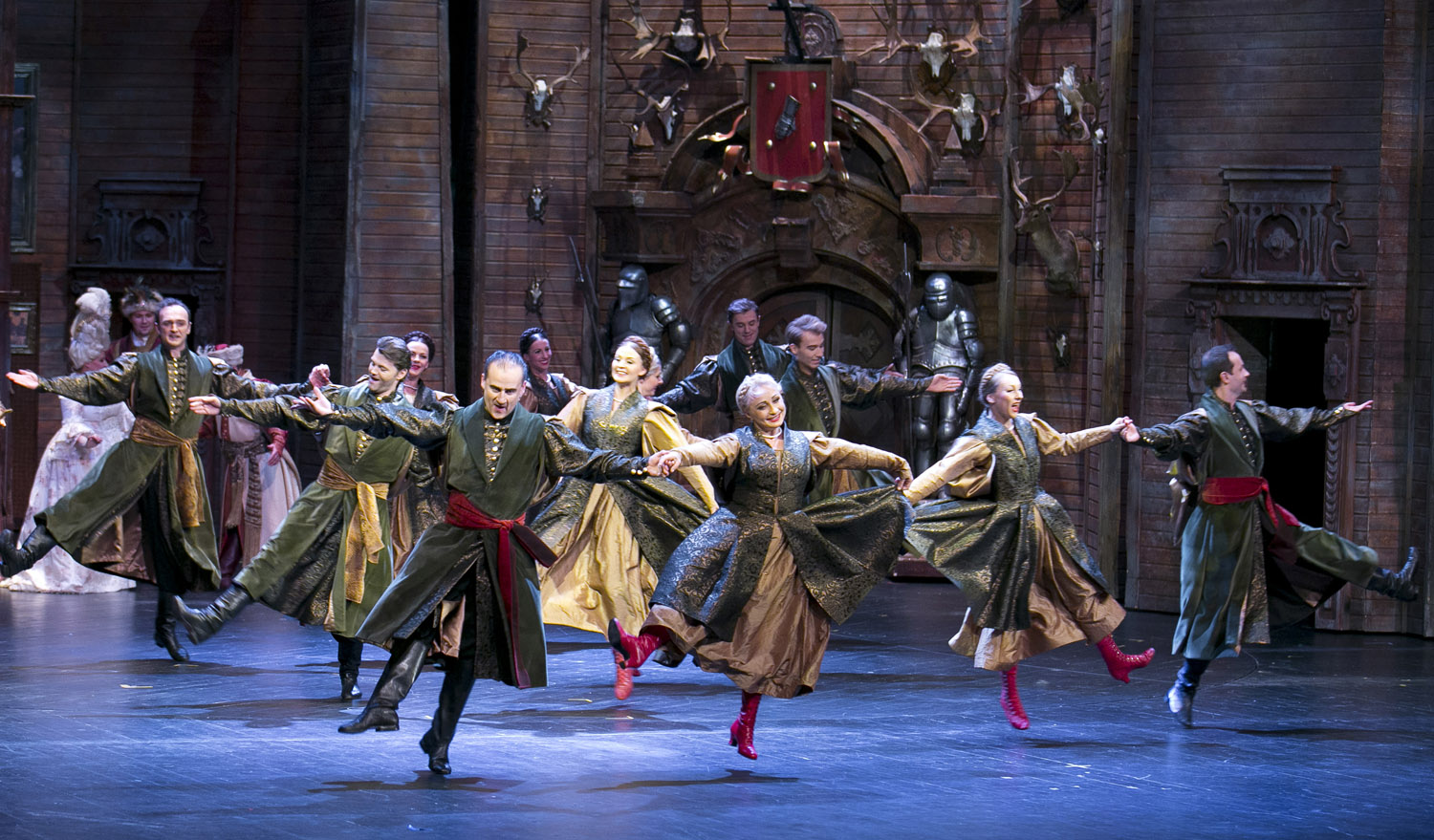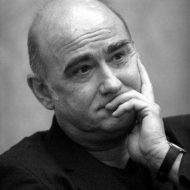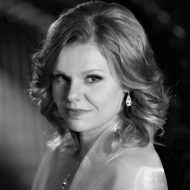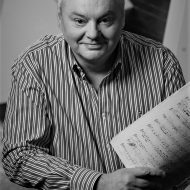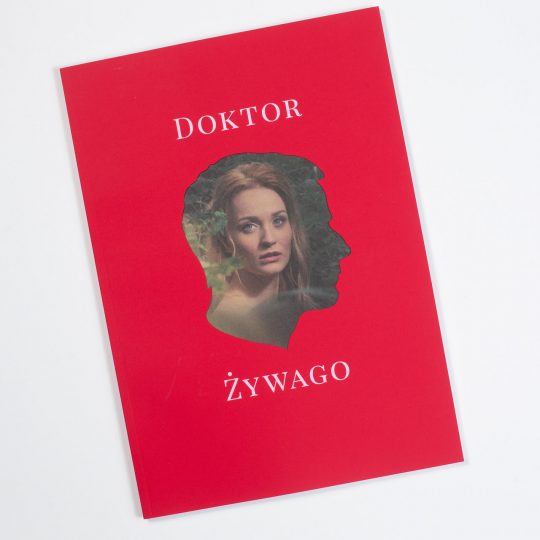This is one of the most important Polish stage works, full of delightfully poetic depictions of old Polish customs. “The Haunted Manor” glorified the Polish nobility and was intended to soothe fresh wounds, lift the spirits and even encourage Poles to organize an armed bid for independence. Moniuszko achieved the highest level of artistry of both the entire work and its beautiful details: lyrical pathos, dramatic tension and evocative power, as well as the uniquely charming and melodious musical score, deeply rooted in the Polish tradition, yet marked with the composer’s individual style.
SYNOPSIS
Brothers Stefan and Zbigniew return from a victorious war expedition, and make a vow to remain single. The happy welcome home is interrupted by the arrival of their aunt Cześnikowa, who wants to marry them off. The brothers have different priorities, though, and focus on collecting money they are owed. Their debtor has two beautiful daughters, which worries Cześnikowa: attempting to put the nephews off visiting the Kalinów manor, she tells them that it is haunted. When that does not work, she starts spreading nasty rumours about the brothers to Jadwiga and Hanna, asking the girls to discover the truth themselves. The matchmaker’s intrigues, the unruly feelings of the young and the haunted manor in the background proved to be a recipe for success. Accompanied by picturesque passages that join elements of the plot, genre scenes and colourful episodes, the end result is the greatest Polish opera, which has entertained audiences for centuries.
PRODUCTION
“The Haunted Manor” inaugurated the activity of the Podlasie Opera and Philharmonic. The production was prepared with similar intentions that accompanied its world premiere: the conviction that it is worth promoting our own works, exploring our culture and possibilities. The mazurka was performed by dancers of the “Mazowsze” National Folk Song and Dance Ensemble. Paweł Dobrzycki dedicated the beautiful set design, which made use of paintings held at the Wilanów Palace Museum, to Magdalena Tesławska, eminent Polish set and costume designer, whose costumes for Jerzy Hoffman’s film “With Fire and Sword” he used in the production. The performance also employed live horses, elevating the production to truly Sarmatian proportions.
World premiere: 28 IX 1865, Teatr Wielki, Warsaw
Premiere: 28 IX 2012



